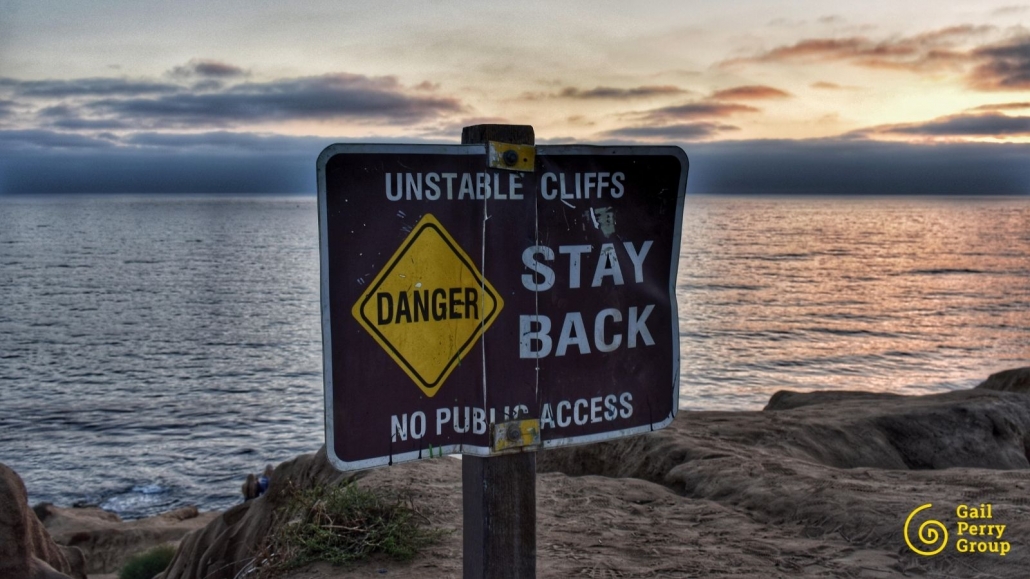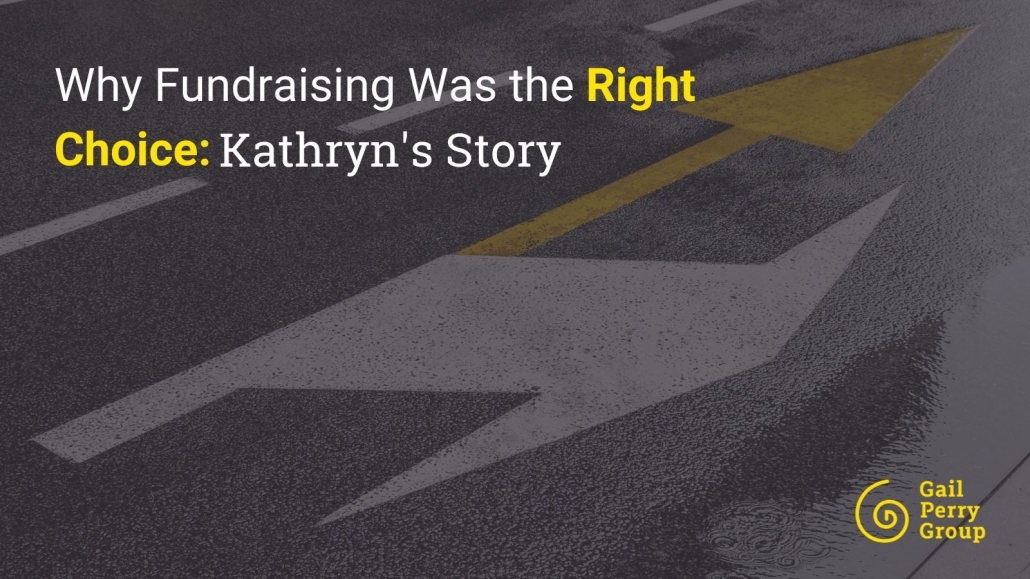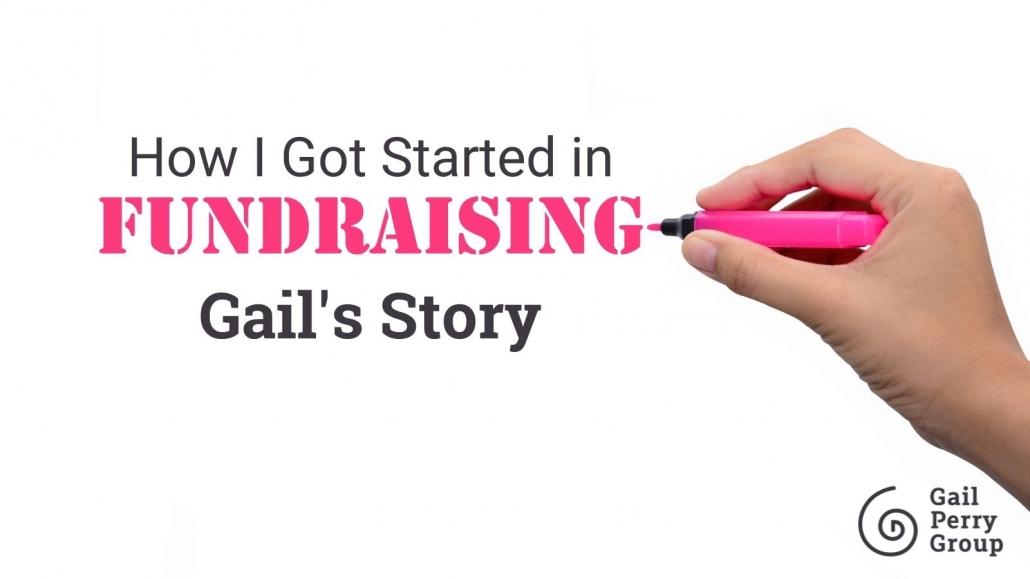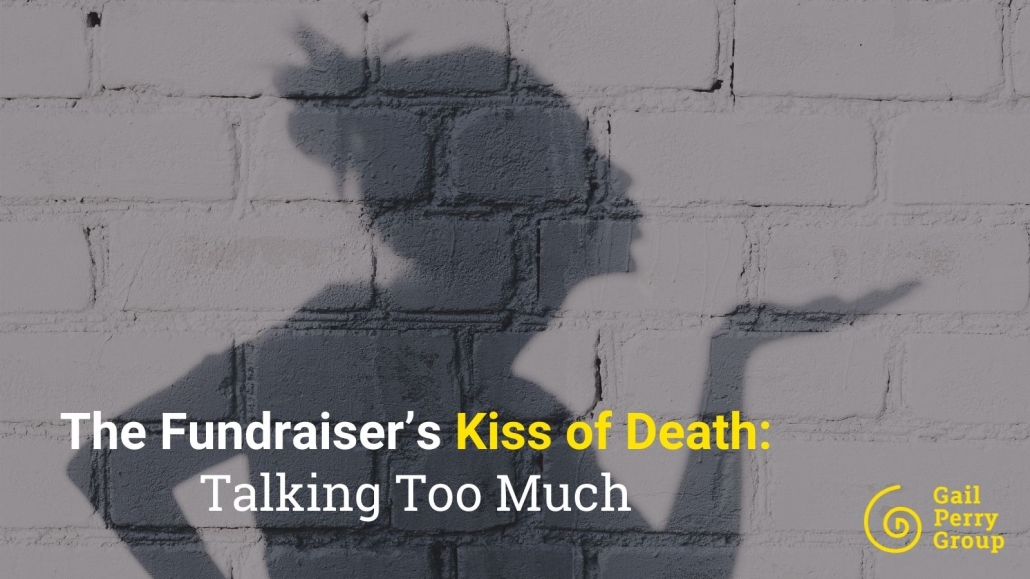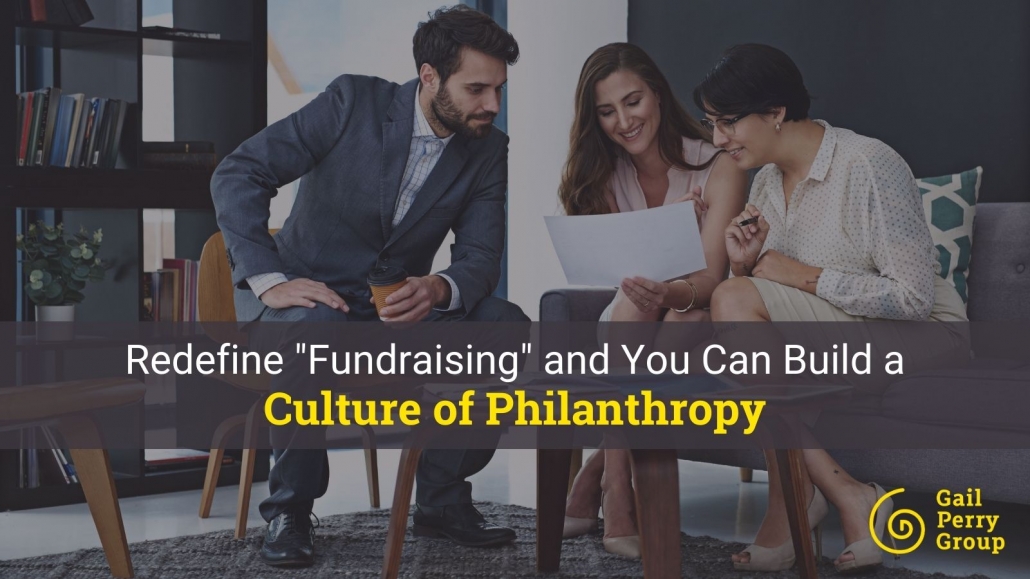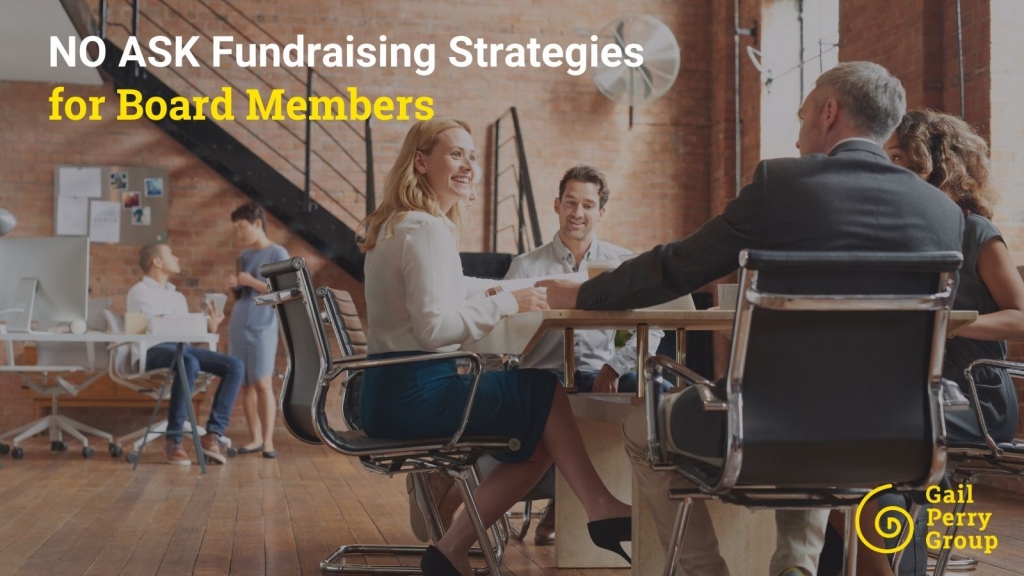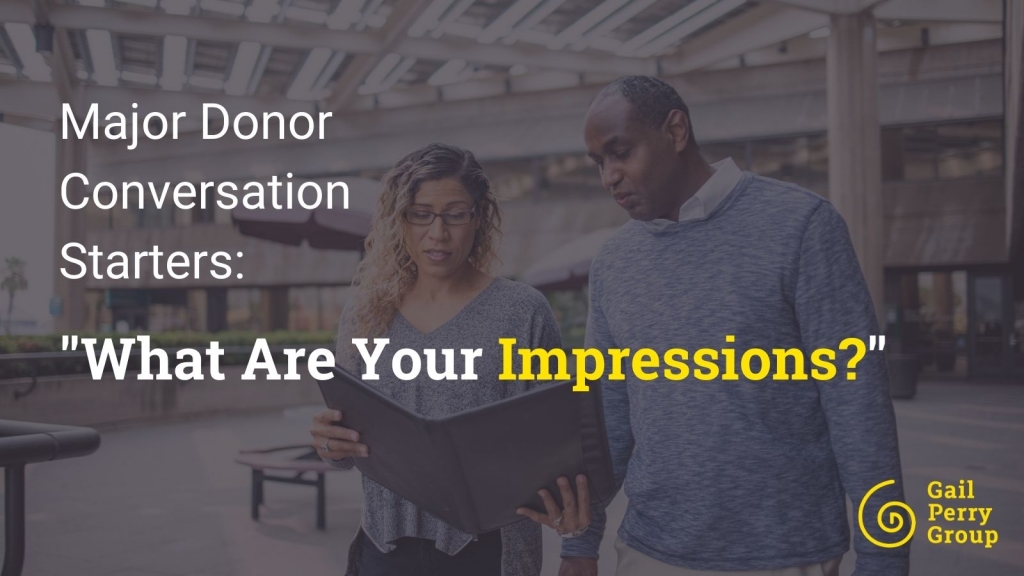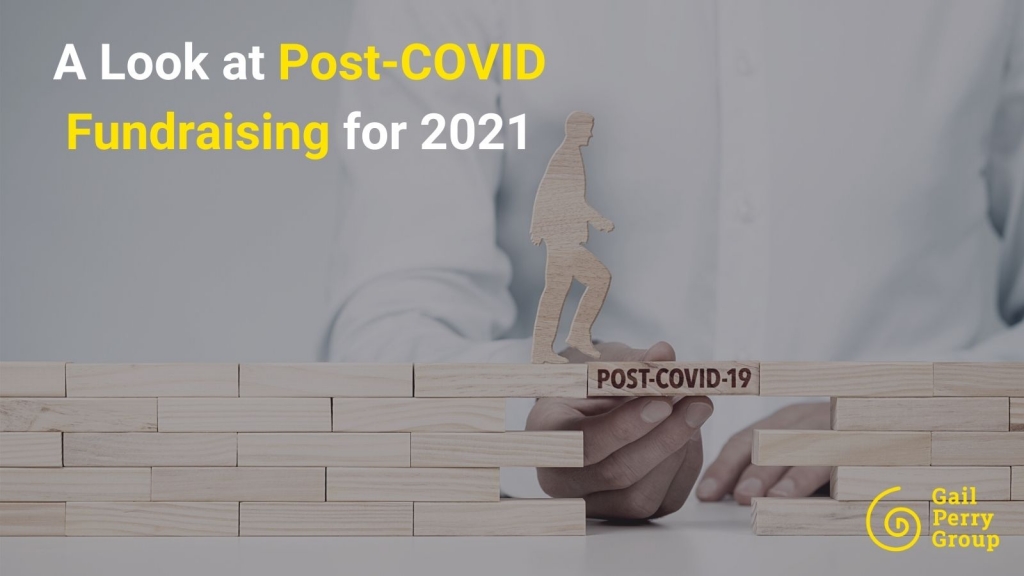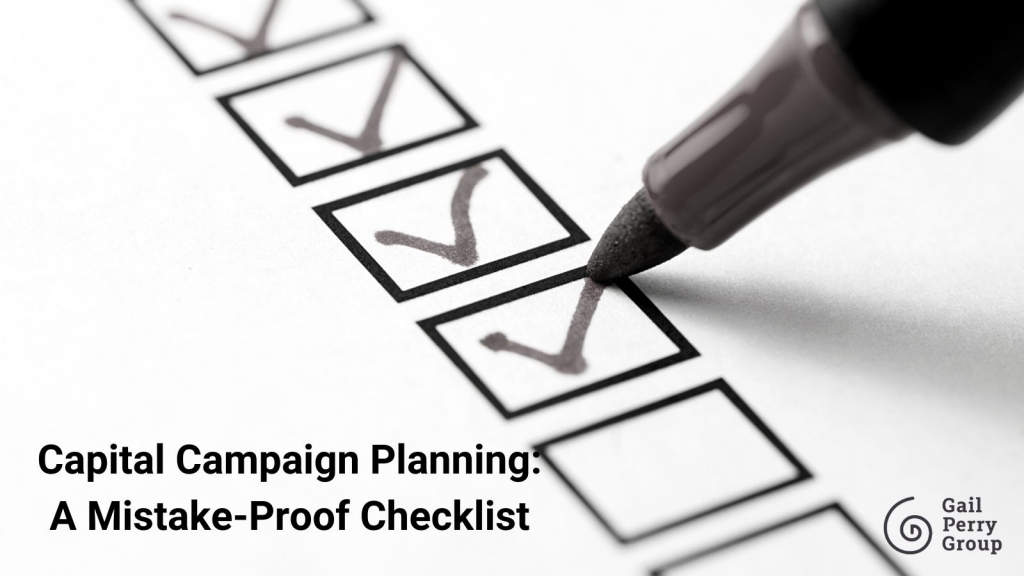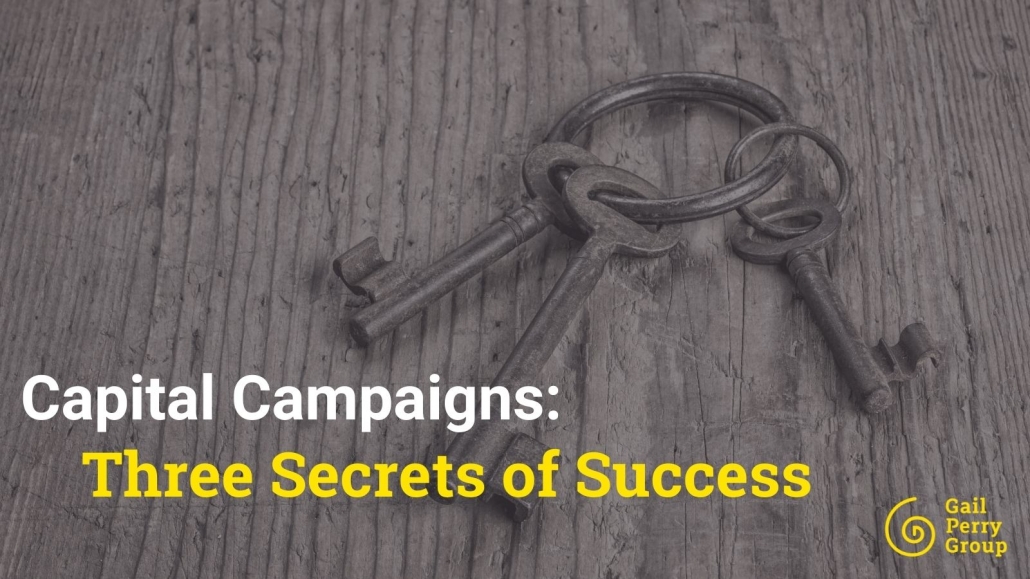
Is a major capital campaign on the horizon for your institution? Do you feel a little overwhelmed because, as you know, campaigns can be a heavy lift? Would three secrets to success help guide you in the right direction?
Our goal is for campaign clients is to get focused in three key areas that will set them up for a campaign that brings in extraordinary fundraising results.
Three Secrets of Success
1. Begin your planning with a deep prospect analysis.
The major gifts in a campaign always come from a very few people. We are seeing as much as 95% of the money coming from only 5% of an organization’s donors.
Even more, the success of capital campaigns is always built on a small number of large gifts.
So one of our key success secrets is to analyze prospect data early in the game.
We recommend that all campaign planning begins with a wealth screening on your donor database. This enables us to identify our clients’ sleeper prospects. Those are the wonderful donors who are passionate about the cause – and who have significant wealth.
Most importantly, the screening allows us to organize the prospect pool using our Campaign by the Numbers approach. This means you will work with the right prospects at the right time yielding optimal results.
This deep analysis and organization of your campaign prospect pool is THE essential activity for the campaign planning stage.
2. Use a conversational approach with donors.
Once the priority donor prospects are identified, we recommend that our clients start spending quality time with them. These are very special people who believe in the cause – they often are happy to learn more about the work and engage more deeply.
But how do you really engage a donor?
Many people think their goal is to “present” to a donor. They spend hours crafting laborious pitch decks about their institution’s work, so they can “wow“ their donors.
That’s not it at all. The best way to engage a donor is to get them talking about WHY they care.
The fundraiser’s job is to find out what makes the donor tick. What does the donor want to do that your organization can help them achieve? We call this approach “listening your way to a major campaign commitment.”
We teach our clients an approach that we call the Conversational Ask. And, you can move directly into a Conversational Ask with a donor at almost any time. That is, if you know the right questions to ask!
Involving and engaging these top prospective donors early is literally the key to successful campaign fundraising. You are creating true partners – donors who are invested in your institution’s success and want to help.
3. Go slow to go fast.
Often board members and/or executive team members don’t understand capital campaign strategy. They don’t understand why we go very slowly and silently in the beginning.
Organizational leaders often ask: “Where is the money?” “Why aren’t we out in public yet?” “Where are the balloons and parades?” “We want events and hoopla!”
In fact, being out in public too early could hurt you.
We strongly recommend a careful strategy of going slowly in order to go faster later.
Early in the game, you engage privately with those very few potential lead donors, laying the groundwork and involving them. This takes time, and it might be the most important activity in the entire campaign.
Organizing a campaign is like setting up dominos: take your time to enlist the right volunteers and to engage the right major donors. Take all the time you need to secure the support of key influential leaders.
Then, when all your ducks are in a row – so to speak – or the dominoes are all lined up, you’ll be amazed at how quickly everything can move forward. Because you took the time to deeply involve key donors and leaders, doors that were once closed will fly open for you. It’s because the right person knocked on the door.
Bottom Line: Use These Three Secrets for Capital Campaign Success
All smart major gift fundraisers understand this strategy. As consultants – one of our key goals is to help our clients’ leadership teams understand and embrace this approach. It’s the winning approach every time!
As always, it is a pleasure to share our weekly insights with you as we cover important fundraising strategies.
If your organization is planning a capital campaign or launching a major gifts program – we can help. Send an email to coaching@gailperry.com if you’d like to schedule a free strategy call with us.
